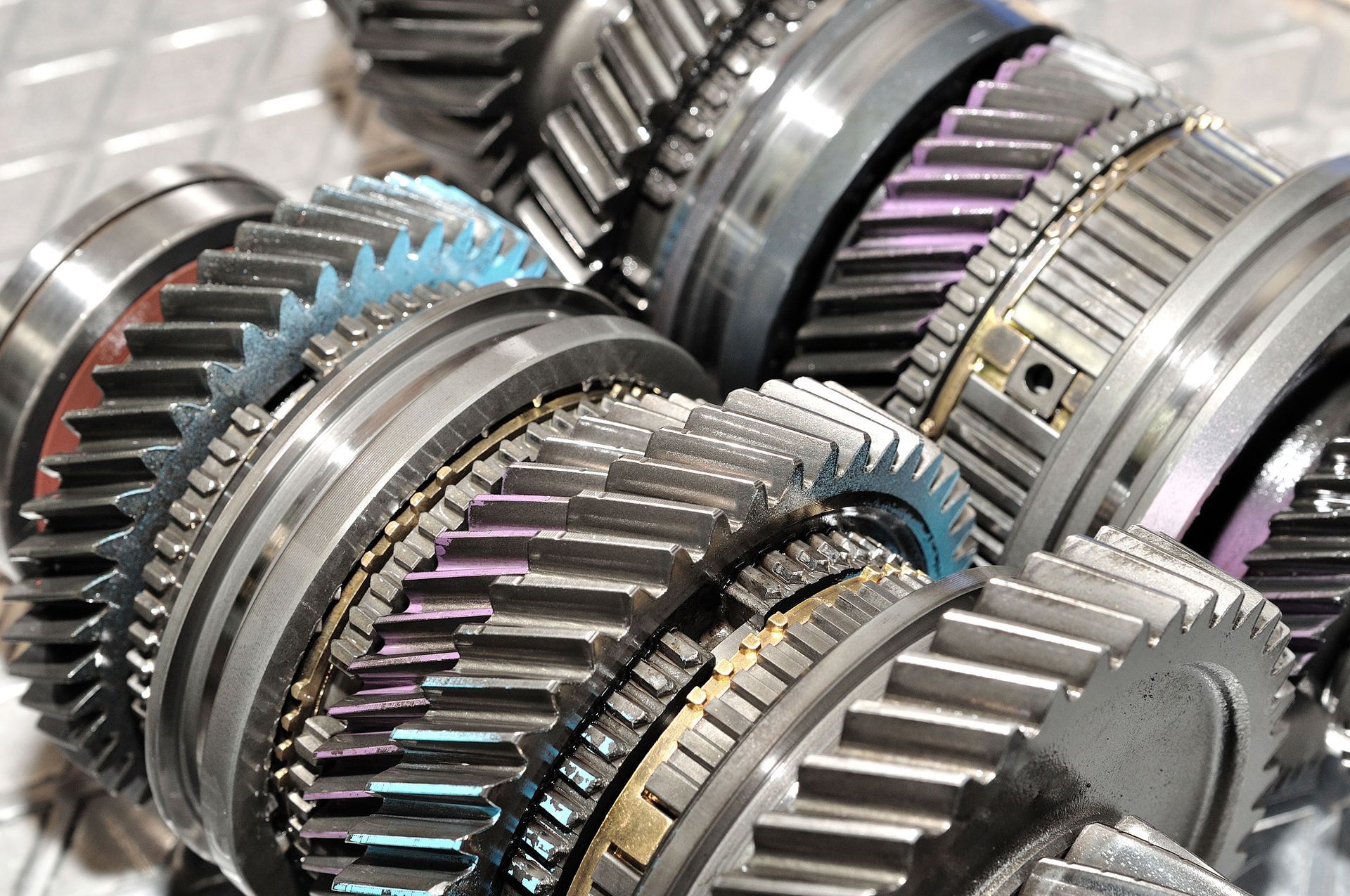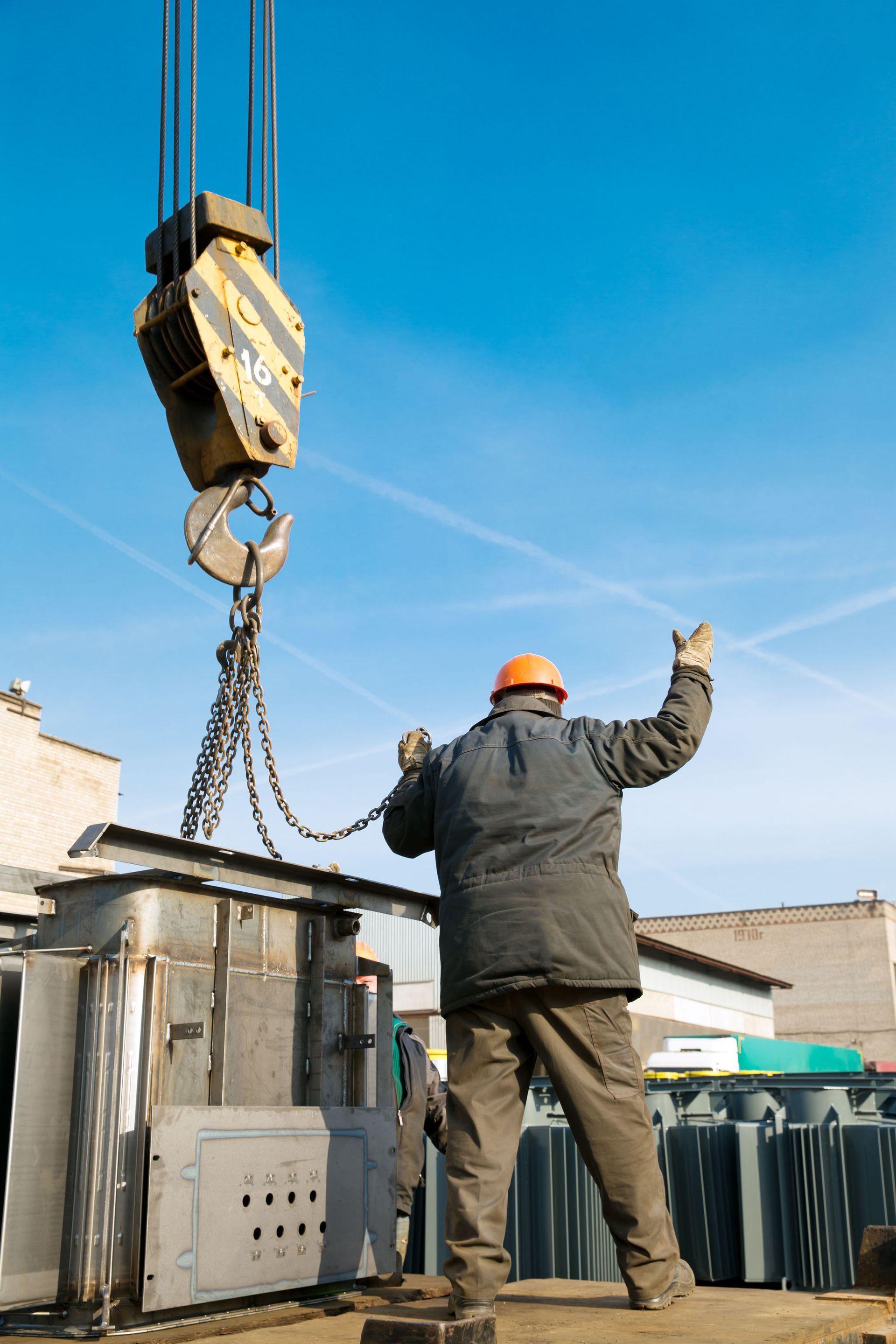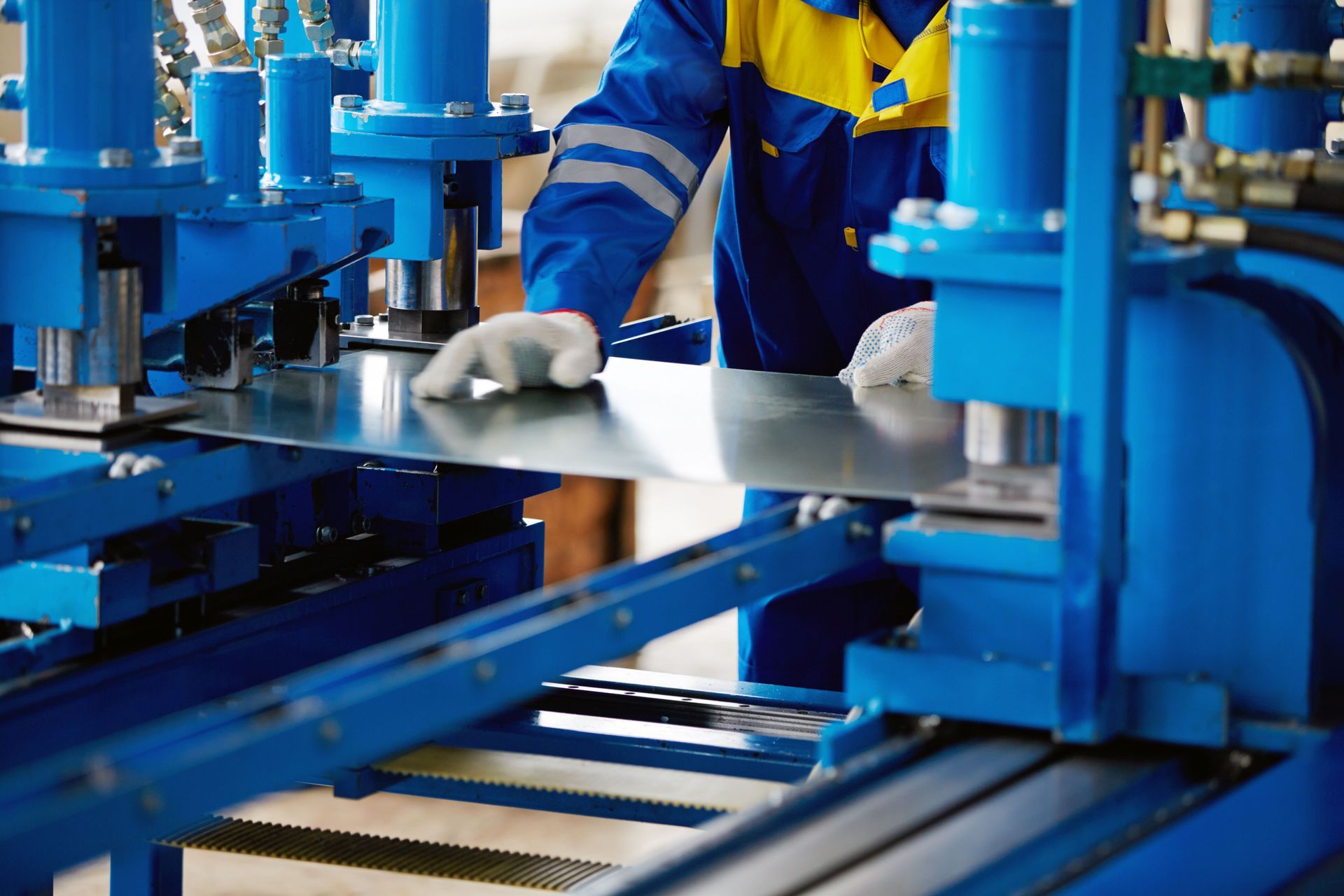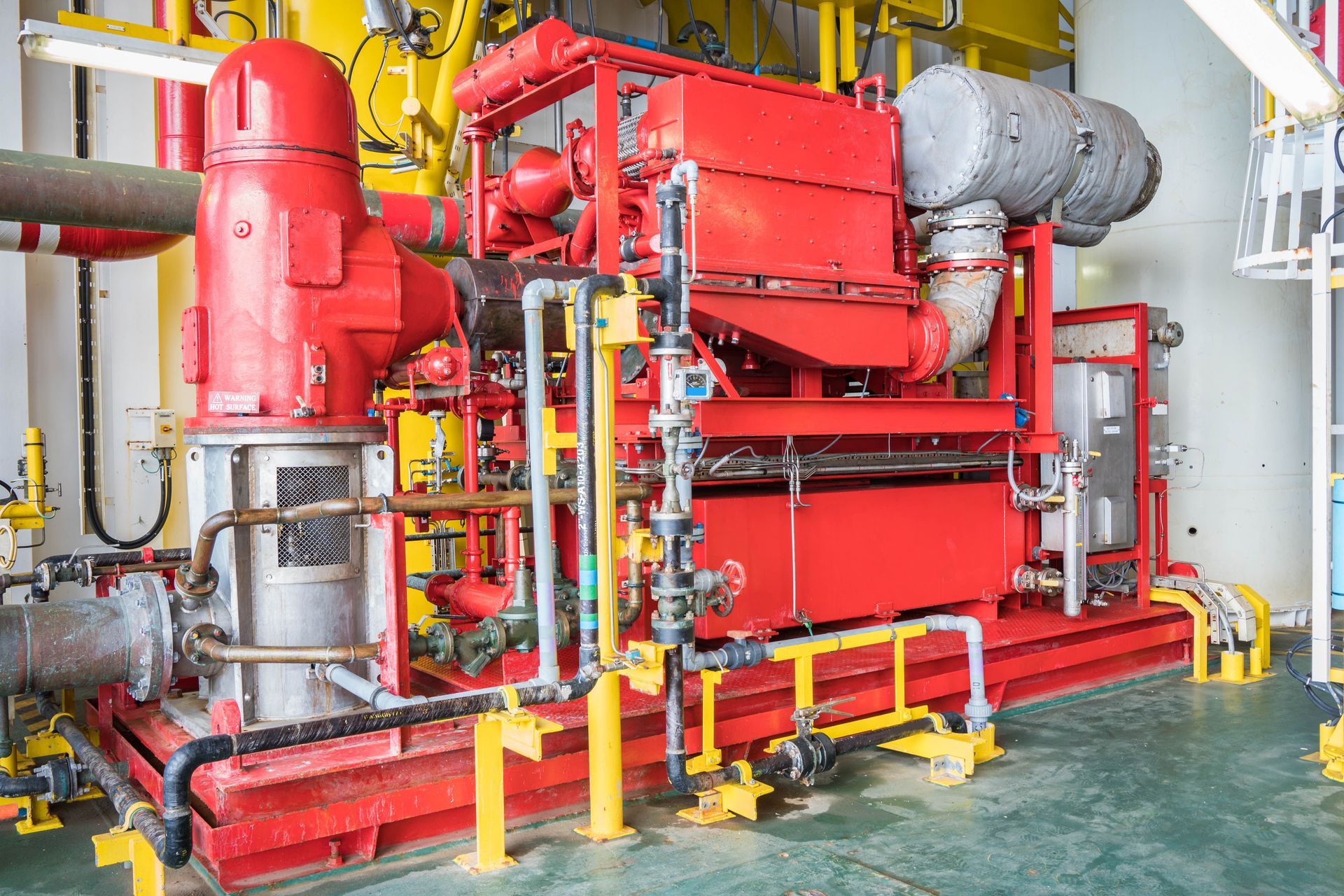3 Advantages of Air Casters Over Traditional Rollers and Wheels
Air casters are a revolutionary technology in material handling that provides a host of advantages over traditional rollers and wheels. They operate by using compressed air to lift and float heavy objects, making these objects easier to move. Unlike traditional rollers and wheels, which rely on friction and physical contact with surfaces to move loads, air casters create a thin film of air between the load and the surface. This method reduces the friction significantly, allowing for more efficient and smoother transportation of goods. With the increasing complexity and scale of industrial needs, air casters are gradually becoming the preferred choice in applications where heavy lifting and precise movement are paramount.
Traditional rollers and wheels have long served as the fundamental technology for moving heavy loads across industrial settings. However, they come with limitations such as high rolling resistance, wear and tear on both the devices and surfaces, and sometimes a lack of maneuverability. In high-demand environments, these limitations can translate into increased operational costs and inefficiencies. Furthermore, the need for regular maintenance and replacement of components can lead to significant downtime and expenditure. According to Emergen Research, the heavy lifting and haulage market is projected to increase from about $266.14 billion in 2024 to $469.10 billion by 2033, highlighting the growing demand for more efficient and sustainable solutions. It is within this context that air casters present a compelling alternative, offering enhanced performance and minimal disruption.
This article explores the distinct advantages that air casters offer over traditional rollers and wheels in terms of mobility, load capacity, floor protection, safety, cost-effectiveness, and environmental benefits. By examining these benefits in detail, we aim to highlight how air caster technology can transform industrial operations, improve safety, and provide substantial cost savings in the long term.
1. Enhancing Mobility
Enabling Omnidirectional Movement
One of the standout features of air casters is their ability to move omnidirectionally. This capability allows operators to maneuver loads in any direction without the need to realign or reposition the equipment. As a result, air casters significantly enhance the flexibility of movement within confined or complex spaces. This is particularly beneficial in environments where efficient space management is crucial. Compared to traditional rollers and wheels, which require specific alignments for movement, air casters' omnidirectionality offers unmatched versatility.
Reducing Rolling Resistance
Air casters significantly reduce rolling resistance, enhancing efficiency when moving loads. Unlike traditional rollers and wheels that rely on physical contact with the floor, air casters create a thin layer of air, minimizing the friction opposing movement. This decreased rolling resistance not only reduces the effort required to move heavy items but also prolongs the lifespan of the equipment. The less energy required to overcome resistance leads to more efficient operations and can help in reducing energy costs. Industrial operators find the reduced resistance especially valuable in environments demanding frequent load positioning and mobility.
Improving Precision in Tight Spaces
Air casters provide exceptional precision when maneuvering in confined or tight spaces. This is a vital asset in industries such as warehousing and manufacturing, where space is often at a premium. Traditional rollers and wheels often struggle to navigate narrow aisles or congested environments without interference or collision. Conversely, air casters offer precise control, allowing operators to maneuver effortlessly through such areas. This improves not only operational efficiency but also safety, as there is less risk of damaging goods or infrastructure.
Reducing Human Effort
The use of air casters markedly reduces the physical effort required to move heavy loads, contributing to increased operational efficiency and reduced operator fatigue. By relying on a cushion of air to lift and move objects, air casters minimize the physical strain on workers, making it considerably easier to maneuver equipment. This efficiency in movement is particularly beneficial in industries with extensive manual material handling tasks, such as manufacturing and logistics. Employees can therefore redirect their efforts toward more value-adding activities rather than expending energy on pushing or pulling heavy items.
2. Increasing Load Capacity
Distributing Weight Evenly
Air casters offer superior weight distribution capabilities, which is an essential factor in transporting heavy loads. By evenly distributing weight across a larger surface area, air casters minimize pressure points that could otherwise lead to floor damage or equipment failure. This attribute is particularly valuable in industries where extremely heavy or sensitive loads, such as aerospace components or industrial machinery, are common. Traditional rollers and wheels concentrate weight onto small areas, increasing the risk of floor damage and uneven wear. By contrast, air casters spread the load evenly, reducing the stress on individual points and enhancing the durability of both the operational environment and equipment.
Improving Material Efficiency
Air casters contribute to material efficiency by utilizing fewer resources while transporting heavier loads. The mechanism of floating loads on a thin air layer reduces the need for robust mechanical systems, lowering the materials needed to manufacture and maintain equipment. This efficiency is not just advantageous in reducing indirect costs associated with equipment maintenance but also promotes a leaner approach to material handling processes. Traditional rollers typically require heavy-duty materials and construction to support substantial loads. In contrast, the lightweight and efficient design of air casters provides an economically viable and resource-efficient alternative for industrial applications.
Reducing Floor Damage
Air casters significantly minimize the risk of floor damage, a common concern with traditional rollers. The technology of air casters involves creating an air film to float loads, thereby absorbing most of the pressure that would otherwise strain the floor surface. This advantage is particularly beneficial in environments where expensive or sensitive flooring materials are prevalent. Floors made of tiles, smooth epoxy, or delicate surfaces like hardwoods remain pristine for longer without the scratches and indentations commonly caused by heavy conventional rollers. Extending the life of industrial flooring not only saves costs but also reduces operational disruptions typically associated with extensive floor repairs.
Accommodating Irregular Shapes
Air casters provide a distinct advantage when handling loads with irregular shapes and sizes. Their design allows for flexible accommodation of non-standardized items that might challenge traditional roller-based systems. This capability benefits industries dealing with custom machinery parts, artistic or architectural elements, and any other non-uniformly shaped goods. Unlike conventional systems that may require custom rigs or setups to move such loads, air casters adapt easily, reducing preparatory work and improving efficiency. This flexibility not only saves time but also reduces the likelihood of damage caused by inadequate load handling methods.
Scaling With Load Requirements
Air casters offer scalability to meet evolving operational demands, capable of handling varying load capacities with ease. This scalability makes them ideal for industries anticipating growth, fluctuations in production volume, or increasingly complex logistics requirements. Unlike traditional methods, scaling operations with air casters does not require extensive overhauls or significant investments in new equipment. Instead, operators can adjust units as needed to accommodate different weights, ensuring a flexible and responsive material handling system. This ability is critical given the expected increase in the heavy lifting and haulage market, as companies must prepare to address heightened demand effectively.
3. Protecting Floors and Surfaces
Minimizing Surface Contact
Air casters operate on the principle of reducing surface contact during material transport. The air film effectively separates the load from the floor, minimizing direct contact and thus reducing the risk of surface damage. By maintaining a cushion of air, air casters diminish the friction that causes wear across all surfaces they traverse. This operational efficiency is invaluable in high-traffic areas where constant movements can degrade surfaces quickly, leading to costly repairs and maintenance. Thus, minimizing surface contact not only protects infrastructure but also prolongs the usability of industrial floors.
Air casters represent a transformative shift in material handling, offering clear advantages over traditional rollers and wheels in mobility, load capacity, and floor protection. As industries face increasing demands for efficiency, safety, and cost-effectiveness, this technology provides a forward-looking solution that minimizes downtime and enhances operational performance. With the heavy lifting and haulage market projected to grow significantly in the coming years, now is the ideal time for businesses to adopt innovative solutions that can keep pace with rising expectations and workloads.
At American Solving Inc, we specialize in delivering advanced air caster systems tailored to meet the unique challenges of modern industrial environments. Contact our team today to learn how our solutions can optimize your material handling processes, reduce costs, and improve safety across your operations.





Share On: